The Perfectly Marketed Special Little Cups; Stanley Quencher Cups And Other Brands Contain Lead; A serious Health Risk?
The Stanley Quencher cups are a phenomenon sweeping across social media platforms and capturing the attention of influencers worldwide. These reusable 40 oz tumblers have not only gained acclaim for their eco-friendly design but have also become a symbol of style and functionality and a perfect marketing strategy. However, recent concerns about potential lead content have cast a shadow over their popularity. Read on to find out the health impact and the details of the controversy surrounding these perfectly marketed special cups.
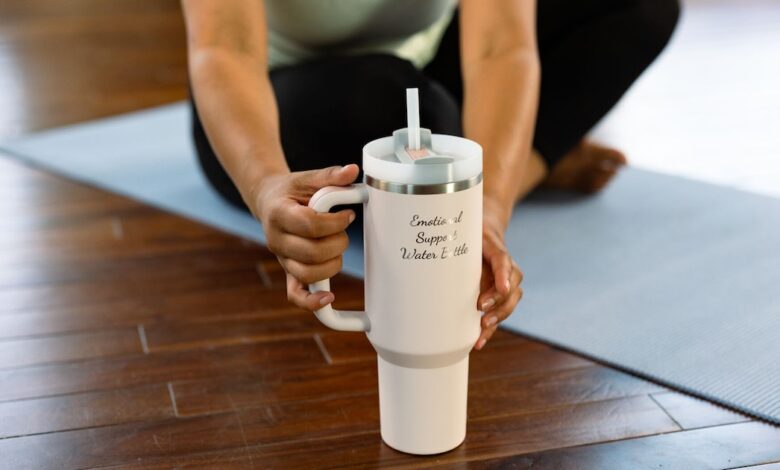
The Stanley Quencher cups have taken the internet by storm, emerging as a coveted item among social media influencers.
These reusable 40 oz tumblers are lauded for their eco-friendliness and chic design. Stanley claims that they can maintain the temperature of hot beverages for a minimum of seven hours and keep cold drinks cool for at least 11 hours.
In 2023, with the product’s surge in popularity, the company raked in a staggering $750 million in revenue, a tenfold increase from the $75 million it earned in 2022.
However, these oversized tumblers are now under scrutiny amid concerns that they might contain lead. Videos circulating on platforms like TikTok depict individuals using lead testing kits on their Stanley cups and similar travel flasks.
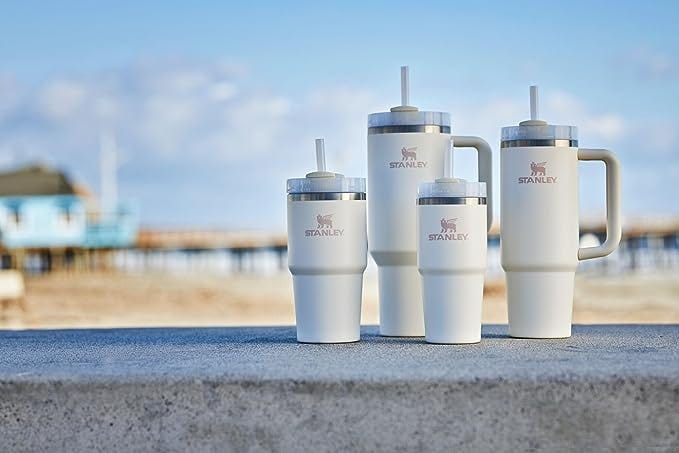
What is the truth?
Indeed, certain brands of travel drinking cups, including the immensely popular Stanley, do contain traces of lead sealed within their bases.
However, Pacific Market International, the manufacturer of Stanley cups, asserts that lead is utilized in the vacuum insulation of the tumblers, but it is encapsulated by a layer of stainless steel, shielding consumers from direct exposure to the lead.
A spokesperson for Stanley emphasized in an email statement, “Our manufacturing process currently employs the use of an industry standard pellet to seal the vacuum insulation at the base of our products; the sealing material includes some lead.”
They further reassured consumers that the lead-sealed area is covered with a durable stainless steel layer, rendering it inaccessible to users. The statement stresses that there is no lead present on the surface of any Stanley product that comes into contact with consumers or their contents.
How Deadly is Lead?
Despite these assurances, apprehension prevails on social media due to the potential hazards associated with lead exposure.
The toxic properties of lead can lead to various health issues, including kidney problems, anemia, reproductive complications, and developmental disorders, as stated by the US Centers for Disease Control and Prevention.
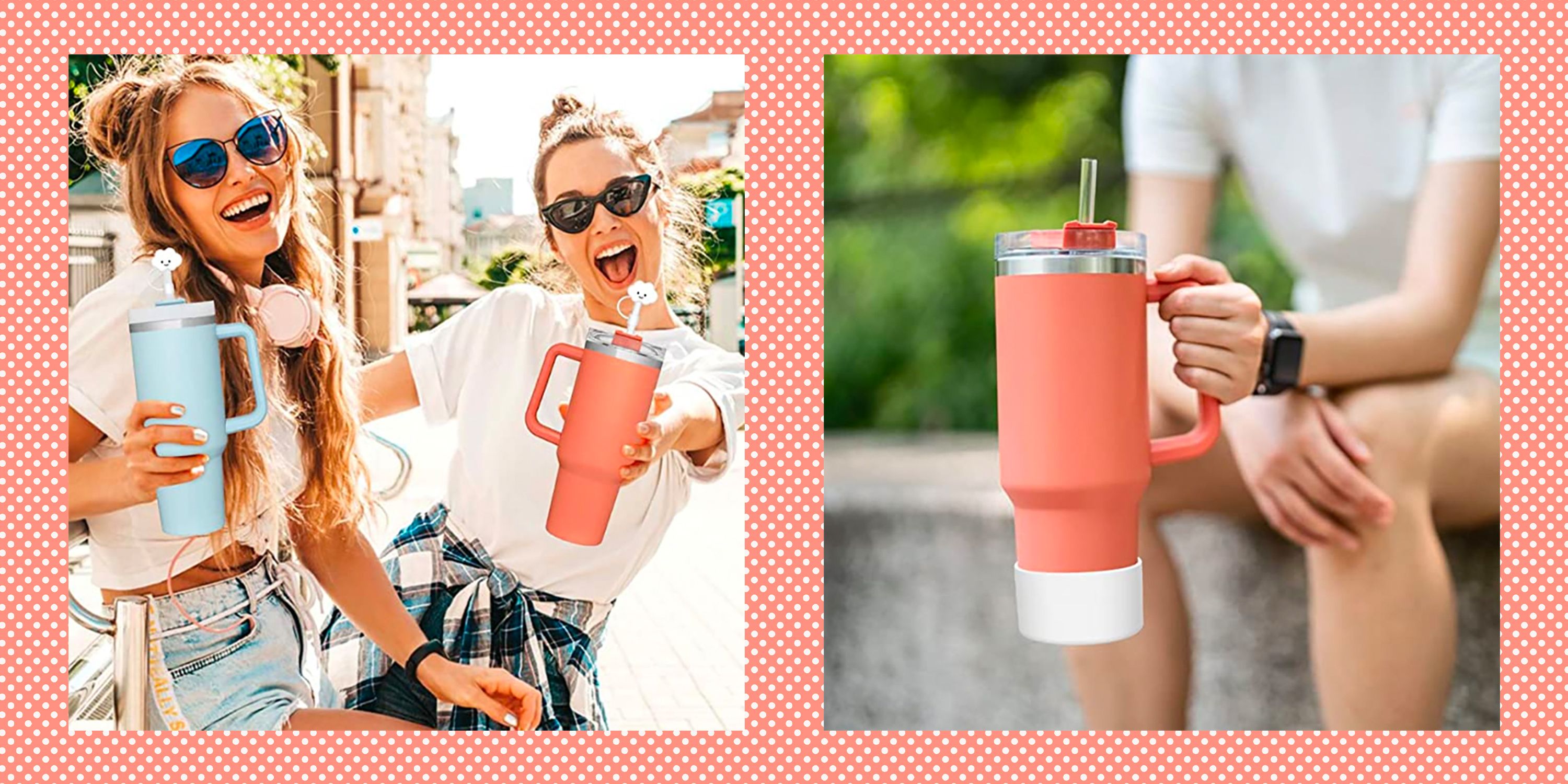
The Stanley Cups Phenomenon
Given the ubiquity of Stanley cups, concerns are heightened.
These tumblers, available in many colors and capable of holding up to 40 ounces of liquid while remaining compatible with car cup holders, have transcended mere utility to become status symbols and wellness essentials.
They cater to adherents of the “clean girl” beauty trends, who prioritize hydrated, natural skin.
Stanley cups are ubiquitous, gracing the hands of beauty bloggers, the vehicles of parents during school pickups, and even appearing on the wish lists of numerous children this past holiday season.
In fact, some parents have reported instances of peer bullying directed at their children for not possessing the coveted Stanley brand cup.
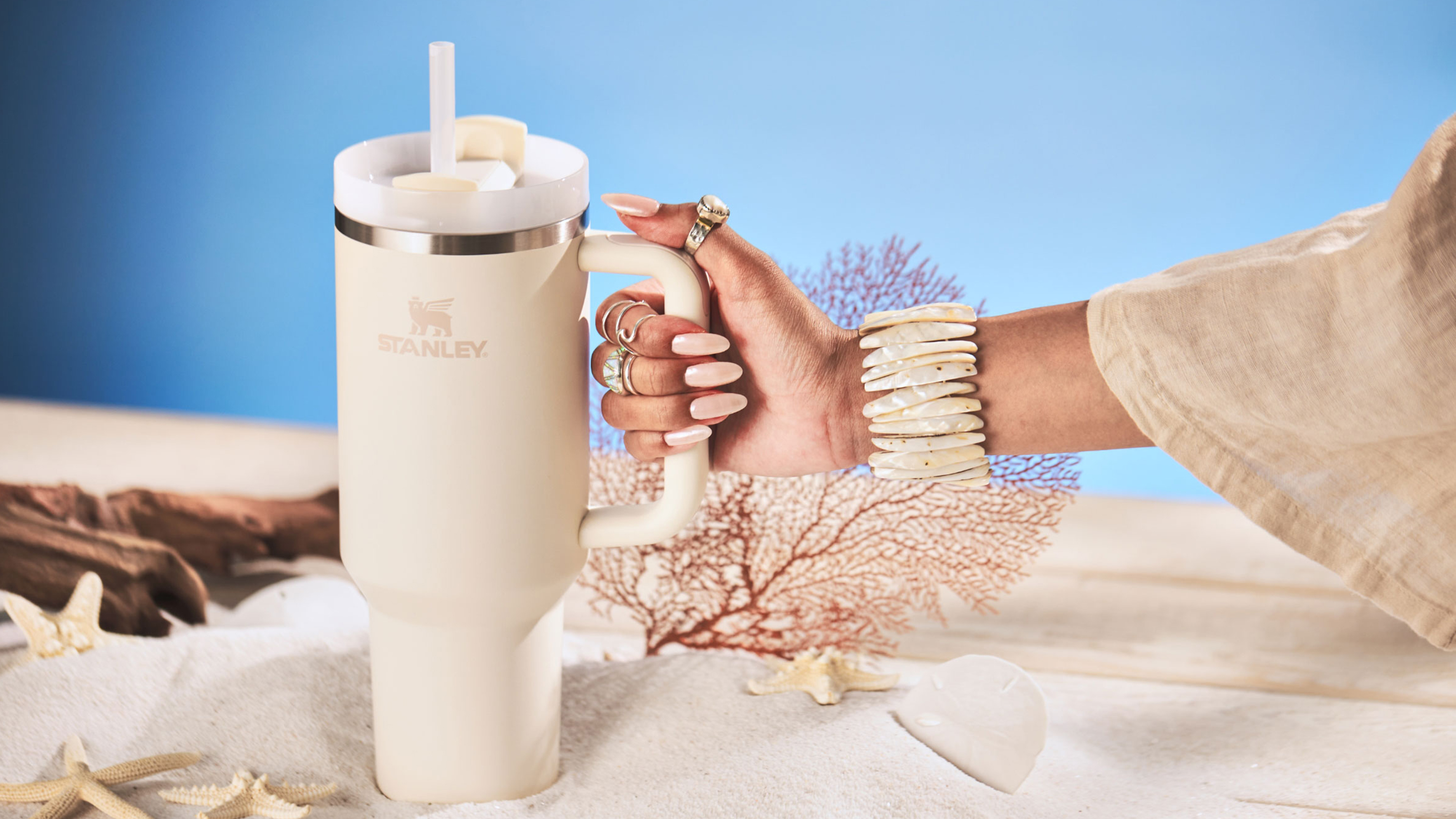
What’s At Stake?
Jane Houlihan, the research director for Healthy Babies, Bright Futures, a coalition dedicated to reducing infants’ exposure to neurotoxic chemicals, emphasizes the need for caution regarding these cups.
According to Houlihan, as long as the cup remains intact, consumers are likely not at risk of lead exposure. However, if the bottom seal becomes compromised, the situation changes drastically.
She stresses the severity of lead toxicity, stating that no chances can be taken when it comes to such hazardous substances. Houlihan asserts that if a company’s product safety hinges on its perfect integrity, it indicates a fundamental material safety issue being passed on to consumers.
Regarding Stanley cups, if by chance the base cap comes off and exposes the seal—a rare occurrence—the cup qualifies for replacement under the lifetime warranty, as stated by a spokesperson for Stanley.
What About Other Brands?
Lead usage isn’t confined to Stanley cups; the US Consumer Product Safety Commission notes that other brands have faced recalls due to their incorporation of the material.
In November, approximately 84,000 Tiblue Stainless Steel Children’s Cups and 3,600 Klickpick Home Children’s Cup Sets sold on Amazon were recalled for exceeding federal lead content standards.
Similarly, some 1,600 PandaEar and 200 Laoion stainless steel children’s cups faced recall earlier that month for the same reason. Last July, around 346,000 Cupkin stainless steel children’s cups were recalled for surpassing the federal lead content ban of 100 parts per million.
CPSC Press Secretary Patty Davis emphasizes the commission’s stringent regulations on lead content, particularly in children’s products. Consumers are encouraged to report any safety concerns regarding products via the CPSC website.
The presence of lead in drinking cups raises many questions.
Olga Naidenko, vice president of science investigations at the Environmental Working Group, explains that lead was historically used in soldering to seal the vacuum between the inner and outer layers of insulated cups.
While many manufacturers now claim to use lead-free alternatives, any potential exposure to lead remains unacceptable.
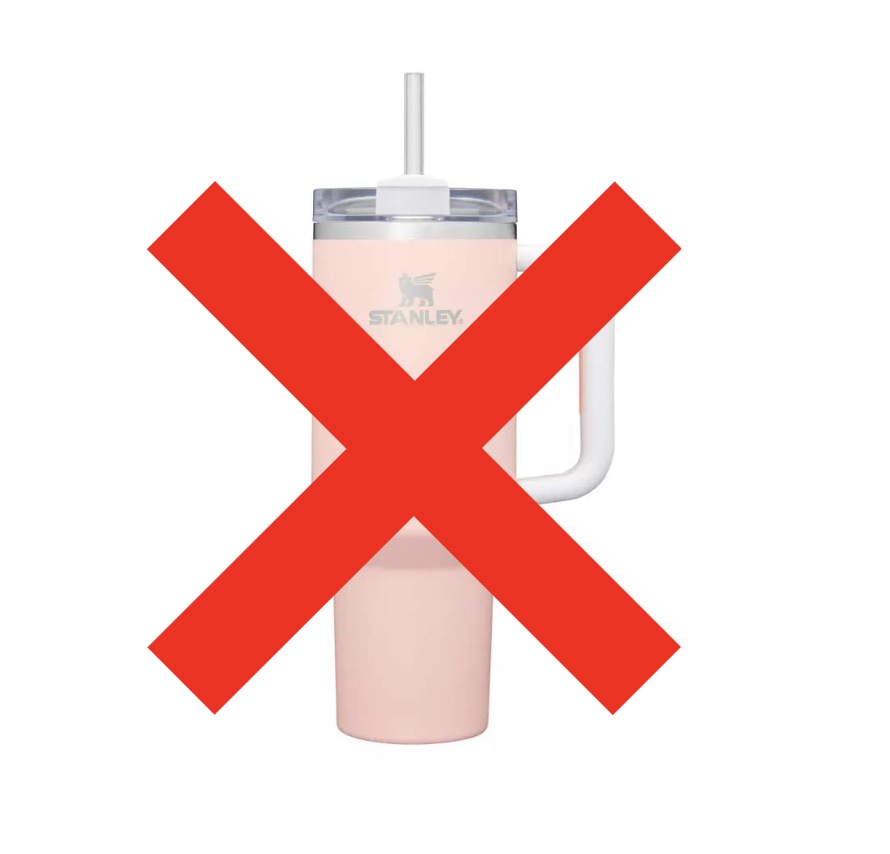
According to the US Consumer Product and Safety Commission, there’s no safe level of lead for children, as even low levels can impact learning and cognitive abilities. Lead accumulates in the body over time, posing a greater risk to children, especially fetuses and infants, due to their heightened vulnerability.
According to the Environmental Protection Agency, children, especially fetuses and infants, are highly vulnerable to lead exposure compared to adults.
The EPA website highlights, “A dose of lead that would have little effect on an adult can have a significant effect on a child.” In children, low levels of exposure have been associated with damage to the nervous system, learning difficulties, stunted growth, hearing impairment, and compromised blood cell formation and function.
The primary source of lead exposure in the United States arises from inhaling dust or ingesting particles contaminated by paint chips, which were commonly treated with lead-based additives in various materials such as house paint and gasoline before the recognition of its toxicity.
Experts estimate that between 10% and 20% of lead exposure comes from contaminated water, with infants being particularly susceptible. Babies can acquire between 40% and 60% of their lead exposure by consuming formula mixed with contaminated water.

The Phenomenon of the Perfectly Marketed Special Little Cups
One cannot escape the viral videos showcasing individuals, presumably ordinary members of society, engaging in frenzied scrambles at Target or Starbucks, all in pursuit of the coveted limited edition Stanley 1913 cups.
Across social media platforms, enthusiasts proudly display their collections of Stanley cups, boasting an array of vibrant colors and sleek stainless steel designs.
Even those unaffected by the fervor have likely encountered enough of these oversized hydration vessels in public to recognize the cultural phenomenon at hand.
While the Stanley 1913 brand has enjoyed a century-long legacy, recent years have witnessed its transformation from humble green workaday drinkware to a diverse assortment of colors, patterns, and collaborations, igniting fervent enthusiasm bordering on chaos.
However, the underlying question remains: what compels individuals to exhibit such fervour for what is essentially a basic vessel, one that functions comparably to any ordinary thermos tucked away in a cabinet?
The Urge To Be ‘Seen’
According to Charles Lindsey, associate professor of marketing at the University at Buffalo School of Management, the desire for novelty is intrinsic to human nature.
“We are drawn to novel experiences, whether it involves exploring new places or collecting different cups,” Lindsey explains.
“From a consumer behavior perspective, we constantly seek variety and novelty in our lives.”
While consumers may typically possess discernment, merely introducing a new color or design isn’t sufficient to trigger their “must-have” impulse. Lindsey suggests that this insatiable fear of missing out (FOMO) often stems from astute marketing strategies.
“The fear of missing out is an especially potent psychological lever,” he remarks, “and its influence extends across domains, from financial markets to, indeed, consumer goods like cups.”
When contemplating a brand overhaul in 2020, Stanley’s global president, Terence Reilly, deliberately targeted women as a potential new consumer demographic. Leveraging a fresh palette of colors and designs, the company enlisted influential figures on social media to propagate awareness.
The network of trust and endorsement, Lindsey explains, generates excitement. “When individuals witness others whose tastes they respect embracing something new, that item becomes emblematic of social status and insider knowledge.”
The strategy proved successful. Stanley’s 40-ounce Quencher cup surged in popularity, thanks to its vibrant color options and exceptional insulation properties, maintaining beverages at optimal temperatures for extended durations.
Following the cups’ viral ascent on social media, Stanley reportedly experienced a staggering surge in annual sales, soaring from $75 million to $750 million in 2023 alone.
Indeed, while it may seem trivial, the significance attributed to cups is profound. Paradoxically, the fervor surrounding the Stanley phenomenon appears less extraordinary when viewed in the context of previous cup-related trends.
Brands such as Yeti, Nalgene, Hydroflask, and Starbucks have all elicited fervent followings—sometimes even sparking public disturbances—due to their beverage containers.
“It’s merely a cup, but if you consider it, money is simply paper,” Lindsey muses. “Similarly, it’s just a cup, yet it embodies symbolic significance, aspirations, and a sense of belonging to a particular group, affiliation, or lifestyle.”
Additionally, Lindsey references the endowment effect, a psychological concept frequently utilized in marketing to describe how an item owned by an individual becomes increasingly valuable to them over time.
As you integrate something into your routine and become accustomed to it, its value tends to increase,” Lindsey observes. “In this instance, familiarity with the cups and their assorted colors fosters a sense of habituality.”
And what could be more routine than clutching a dependable water cup during a morning stroll or securing it snugly in a car cup holder while running errands?
The simplicity and indispensability of cups might hold the key to why they captivate consumers’ imaginations. The convergence of the habitual with the aspirational occurs when social media posts feature a gleaming new Stanley cup in a lifestyle characterized by cleanliness, responsibility, and optimal hydration.
The habitual aspect gains even more traction when it merges with novelty in the form of new product releases, elusive color variants, and the ever-potent fear of missing out.
The Last Bit, the frenzy surrounding cups, epitomized by the Stanley brand phenomenon, accentuates the powerful intersection of habit and aspiration in consumer behaviour.
As individuals integrate these everyday items into their routines, they imbue them with personal significance, transforming them into symbols of identity, status, and even solutions to life’s challenges.
The allure of novelty, fueled by social media and the fear of missing out, further amplifies this dynamic. Ultimately, whether it’s a Stanley cup or any other vessel, its value lies not just in its function but in the meaning we assign to it—a testament to the complex interplay between human psychology and consumer culture.
However, the issue of lead exposure in drinking cups has accentuated the importance of stringent safety regulations and consumer awareness.
While some manufacturers have taken steps to eliminate lead from their products, incidents of recalls due to lead content persist, posing significant health risks, particularly to children.
Hence, prevention and being proactive could be a better bet here than that well-marketed “sipping cup”.




